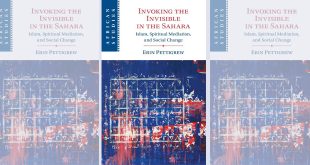The qirāʾāt or variae lectiones represent the vast corpus of Qurʾānic readings that were preserved through the historical processes associated with the textual codification and transmission of the Qurʾān.
The qirāʾāt or variae lectiones represent the vast corpus of Qurʾānic readings that were preserved through the historical processes associated with the textual codification and transmission of the Qurʾān. Despite the fact that differences among concomitant readings tend to be nominal, others betray semantic nuances that are brought into play within legal discourses. Both types of readings remain important sources for the history of the text of the Qur’ān and early Arabic grammatical thought. While some recent scholars have questioned the historical function and nature of the corpus of qirāʾāt, others have argued that specific types of variant readings were the resultant products of attempts to circumvent legal inconsistencies which were found in text of the Qurʾān or were generated through legal debates. Following a preliminary review of the historical framework of the genesis of qirāʾāt through reference to early grammatical literature, an attempt will be made to shed some light on the role that semantic variation among concomitant readings played in the synthesis and interpretation of law. The aim will be to draw attention to the subtle theoretical frameworks employed by jurists for their contextualization and analysis. This will also include a review of attitudes towards the forms of qirāʾāt that classical scholarship designated as being anomalous or shādhdha.
Bibliographic Information
Title: The Case of Variae Lectiones in Classical Islamic Jurisprudence: Grammar and the Interpretation of Law
Author: Mustafa Shah
Published in:International Journal for the Semiotics of Law – Revue Internationale de Sémiotique Juridique 29 (2):285-311 (2016)
Language: English
Length: 26 pages
 Ijtihad Network Being Wise and Faithful Muslim in the Contemporary World
Ijtihad Network Being Wise and Faithful Muslim in the Contemporary World
